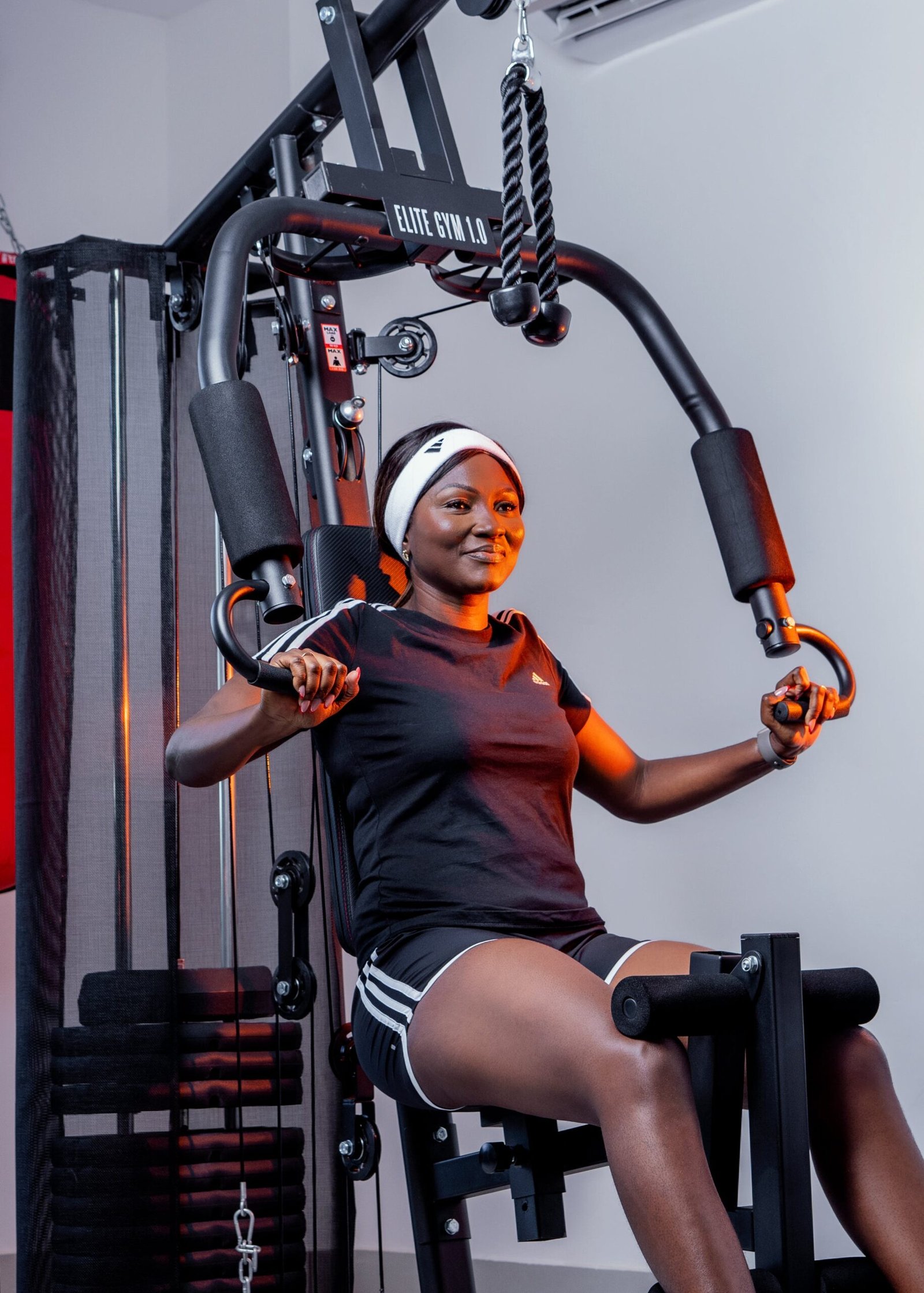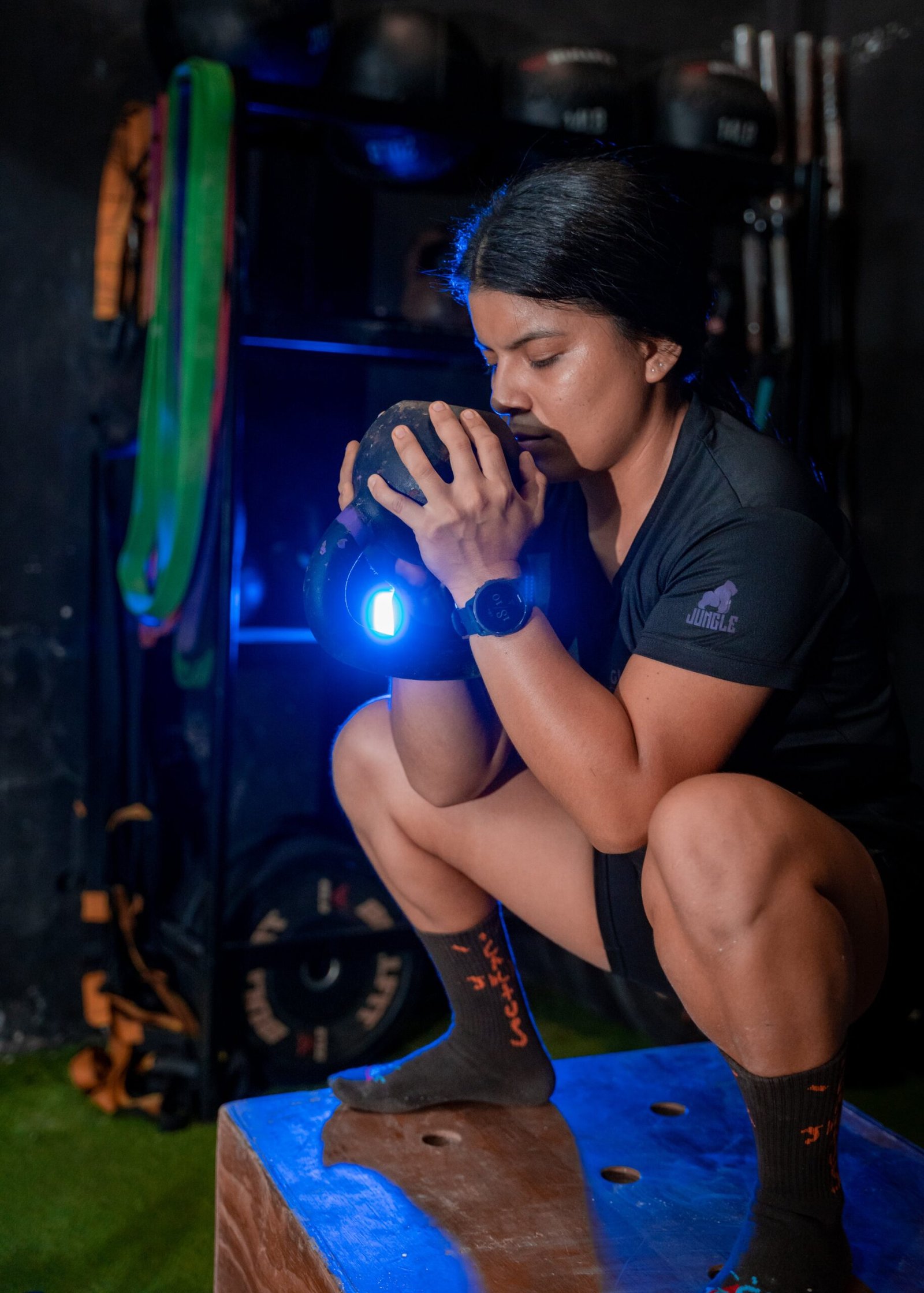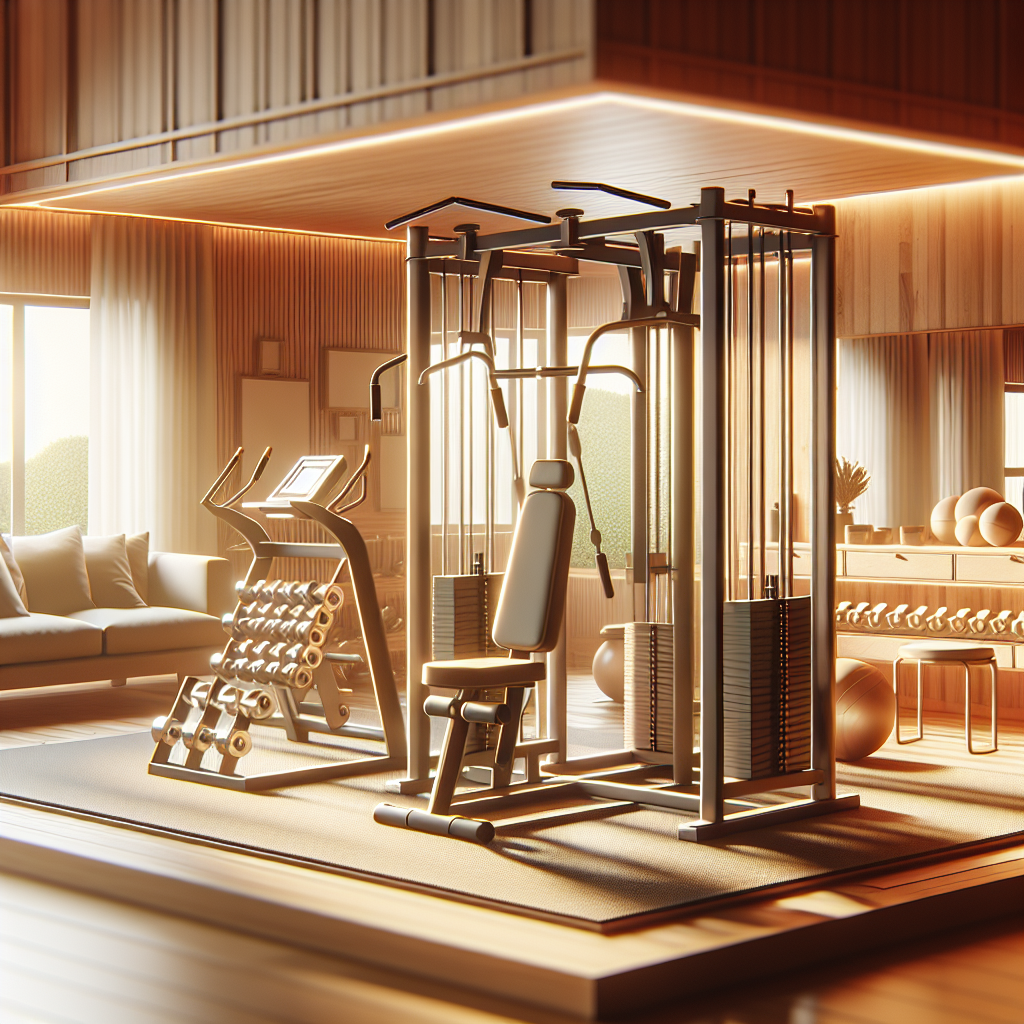In this comprehensive guide, I intend to shed light on the process of establishing a fully functional gym at one’s home. I will strive to delineate each aspect meticulously, considering all possible approaches to set up a gym, thereby providing readers with a spectrum of alternatives. Maintaining a creative approach, this article will highlight key factors such as space utilisation, equipment selection, safety considerations and cost-effectiveness, among others. As an experienced fitness enthusiast and gym owner, I am keen to provide an enriching and informative narrative that underscores not only the how-to’s but also the whys and the potential challenges in setting up a home gym. This guide aspires to be a comprehensive response to the question, “How To Set Up Gym At Your House?” and aims to help readers create the ideal home-based training environment.

Choosing the Right Space for Your Home Gym
To embark on the journey of setting up a home gym, the initial step is choosing the perfect space that aligns with your fitness and wellness needs. It’s crucial to select a purposeful and accommodating part of your home where physical activities can comfortably thrive.
Understanding Your Space Requirements
Before beginning, estimate the dimensions of your available space. Are you redefining a part of the bedroom, occupying the garage, or transforming the basement? Evaluate how much room each piece of your desired equipment will take. Also, consider the necessity for open space for unimpeded movement and exercise.
Consider the Flooring
A substantial floor is key to sustaining heavy equipment and rigorous routines. Carpets can cause instability, standard tiles may crack, and hardwood can experience wear and tear. Consider the use of rubber gym flooring or mats for durability and resilience.
Lighting and Ventilation Needs
For a healthy workout environment, adequate lighting and ventilation are essential. Natural light can enliven the space, but if this isn’t feasible, ensure appropriate artificial lighting. Adequate ventilation or air movement is also necessary for maintaining comfort during workouts.
Selecting the Appropriate Total Gym Equipment
Choosing precision-focused and apt equipment is vital for achieving your fitness goals. Infrastructure should be specifically designed to serve your workout routine.
Determining Your Fitness Goals
Firstly, identify what you hope to achieve from your home gym workouts. Whether it’s stability, strength, cardiovascular fitness, or flexibility, each goal would require different equipment.
Space-efficient Equipment Choices
Choose machines strategically. Treadmills, ellipticals, or stationary bikes are excellent for cardio. However, they demand considerable space. Resistance bands or yoga mats, however, can cater to various exercises yet occupy little room.
Consideration for Safety and Comfort
Invest in equipment that is safe and comfortable to use. Consider machines or workout tools well-known for their craftsmanship and safety features. Additionally, protective gear like gloves or knee supports can also be included.

Setting Up Cardio Equipment
Cardiovascular exercises are staple regimens in most workout routines for better heart health.
Installation of Treadmill
Place your treadmill on a level surface with adequate space at the back. This will allow for safe dismount and any backward motion during the workout.
Positioning an Elliptical
Similar to treadmills, position ellipticals with adequate space around them. However, consider their height and motion when deciding on placement, ideally away from light fixtures or low ceilings.
Setting Up an Exercise Bike
Install your exercise bike in a well-lit, ventilated part of your gym. As people typically spend extended periods on bikes, consider placing it near a T.V or window for entertainment.
Setting Up Strength Training Equipment
For muscle building and strength enhancement, here’s how you can arrange typical strength training equipment:
Arranging Free Weights
Allocate a specific area for free weights. This area should be separate from the machines, with enough room for performing exercises without hindrance.
Setting Up a Weight Bench
Position your weight bench in a manner that its broad side is accessible, providing ample space for lying down or taking seated positions.
Installation of Squat Rack
Place your squat rack in a spacious area with free vertical and horizontal space to accommodate movements and adjustments.

Setting Up Functional Training Equipment
Functional training facilitates better movement and performance in everyday activities and should, therefore, be a part of your home gym.
Positioning a Yoga Mat
Designate a clean, quiet corner for your yoga mat – your space for meditation, stretching, and floor exercises.
Installation of Resistance Bands
Fix your resistance bands on secure posts, walls, or if possible, specially designed anchor points.
Setting Up a Balance Ball
This versatile piece takes minimal space. Store it properly and use it for balance and strength training exercises as required.
Organizing Your Home Gym
A well-organized gym creates a seamless and efficient workout experience.
Storage Solutions for Small Equipment
Store small equipment like dumbbells, kettlebells, and resistance bands using shelves or racks to keep the floor area clear.
Efficient Layout for Easy Access
Arrange your equipment in a flow that matches your routine. Group similar workout machines together and ensure easy access to all.
Creating Spaces for Stretching and Resting
Designate a comfortable space for stretching before and after workouts and resting during breaks.

Maintaining Your Home Gym
Regular maintenance is essential to keep your home gym safe, clean, and effective.
Routine Cleaning and Inspection
Aside from cleaning surfaces and equipment, routinely inspect machines for any wear, tear or malfunction.
Managing Wear and Tear
Replace and repair any worn-out parts in order to prevent injuries and keep the machines in top working condition.
Reparations and Replacements
If a piece of equipment persistently malfunctions or deteriorates, consider investing in a new one.
Safety Precautions in Your Home Gym
In the pursuit of fitness, never neglect safety.
First Aid Kit and Emergency Measures
Always have a first aid kit readily accessible in your gym. It’s also good to be aware of basic first-aid procedures.
Safety Checks Before Exercising
Before starting your workout, inspect equipment for any damage or irregularities.
Right Attire for Training
Wearing right workout clothes and shoes can not only benefit your performance but also prevent injuries.
Workout Routines for Your Total Gym
Experiment with a mix of routines for a well-rounded fitness experience.
Core Workout Routines
Focus on routines that strengthen your core muscles such as planks, crunches, and Russian twists.
Strength Training Routines
For strength building, incorporate exercises such as squats, bench press, and deadlifts.
Cardio Workouts
Indulge in regular cardio workouts like running, cycling, or skipping to maintain heart health.
Extra Tips for an Efficient Home Gym Setup
Optimize your workout experience with these additional tips.
Incorporating Tech for Better Workouts
Use technology to your advantage. Fitness trackers can monitor progress while smart speakers can create a lively atmosphere.
Creating a Motivating Atmosphere
Inspiring quotes, good music, or even a mirror can uplift the environment and help sustain motivation.
Involving a Fitness Coach
If you’re new to fitness or your routine is becoming monotonous, you might want to consider hiring a fitness coach. They can guide you, motivate you, and help you get the most out of your home gym.
In conclusion, setting up your home gym involves careful planning and acute decision-making, but the rewards of convenience and personalization greatly outweigh the effort. It’s not just about the equipment, but the space, safety measures, and evolving fitness routines that together craft the perfect fitness sanctuary. Enjoy the journey and reap the fitness rewards!



One thought on “Step-by-Step Guide on How to Set Total Gym Up at Home”